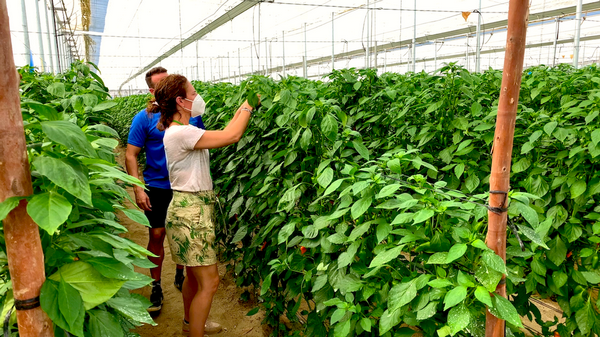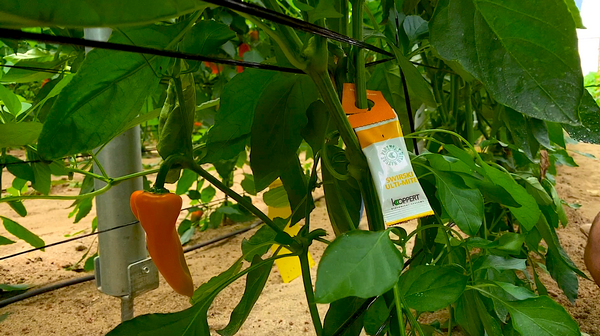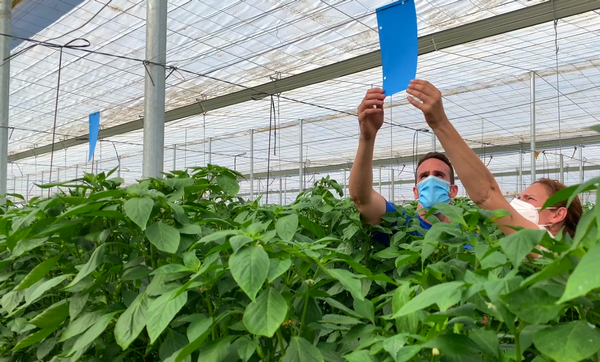The start of the 2020/21 pepper campaign in the greenhouses of Almería has been marked by a significant growth in the presence of viruses transmitted by thrips (Frankiniella occidentalis). In some cases, the rebound of this pest since the beginning of the new crop cycle has been favored by bad practices in biological control techniques and a relaxation of preventive measures.

The Koppert technical team has confirmed a higher presence of thrips compared to the previous season. The population of this pest could continue to grow in the coming weeks and spread from one farm to another if the necessary measures are not taken. Given such a situation, Koppert always recommends leaving the planning of the biological control strategy in the hands of qualified technical advisers, since it has been observed that the systematic release of natural enemies without taking into account the specific situation of each farm will not help in stopping the spread of viruses transmitted by thrips to pepper crops.
Risk of spreading
Currently, the situation in Almería varies considerably per greenhouse. In those farms with a higher incidence of thrips, Koppert technicians are carrying out more releases of the predatory mite Amblyseius swirskii (Swirski UltiMite) and the predatory bug Orius laevigatus (Thripor L) in order to rapidly reduce the population level of thrips. However, on farms where the pest isn't yet present, the natural enemies of thrips can be introduced more gradually.
 Swirski UltiMite in pepper plants
Swirski UltiMite in pepper plants
In general terms, Koppert technicians currently recommend releasing at least 4 individuals of Orius laevigatus per meter and placing one envelope of Swirski UltiMite for every 4 plants. However, this dosage has to be reviewed and adapted to the needs of each farm to guarantee the effectiveness of the biological control and prevent virus infections from causing serious damage to the crop, as well as future production losses. The importance of preventive measures can also not be ignored, so it is essential to complement the releases of natural enemies with the placement of yellow and blue Horiver adhesive traps for the mass capture of pests.
 Blue Horiver traps
Blue Horiver traps
 For more information:
For more information:
Koppert
C/ Cobre 22
Pol. Industrial Ciudad del Transporte del Poniente, CP 04745. La Mojonera, Almería, Spain
Tel.: +34 950 55 44 64
Fax: +34 950 55 39 05
info@koppert.es
www.koppert.es
